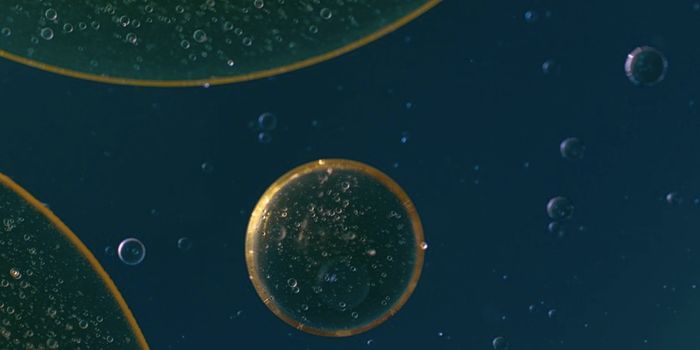Wearable Tech for...Plants?
If your pandemic garden has struggled this season, your tomato plants may be relieved to learn wearable tech is on the way to alert you to their plight. Researchers at North Carolina State University have developed a “wearable” patch to detect the gaseous substances plants emit when diseased or stressed, according to a study published this week in the journal Matter.
The flexible patches are just over an inch in length, 0.7 grams in weight, and attach to leaves—in the Matter study, the device was tested on tomato and potato plants, which are together responsible for billions of dollars in the United States GDP.
This plant wearable functions as a “chemical nose,” the authors say, with a suite of chemical ligands embedded in a layer of graphene. When a plant emits a volatile organic compound indicating stress or disease, it fits into one of the chemical ligands like a key in a lock, triggering a reaction that’s carried to the sensor’s processing unit by silver nanowires.
The NCSU wearable can detect and distinguish between 13 plant volatiles and was designed to monitor for signs of physical damage to the plant and ‘late blight,’ a disease caused by the water mold Phytophthora infestans. According to the article, trials on live plants demonstrated that the sensor patch could detect late blight as early as four days after inoculation with P. infestans and evidence of physical damage to the plant within an hour.
While the sensor alerted researchers to the late blight infection at about the same time physical symptoms—blotching and other lesions visible to the naked eye—appeared, the wearable patch offers continuous monitoring and would negate the need for physical inspections by a human.
The researchers estimate that a retail version of the product would cost about $1.10 per patch.








